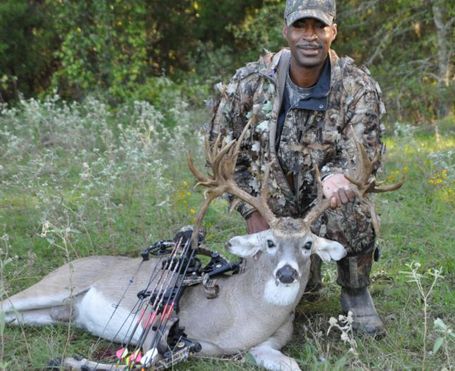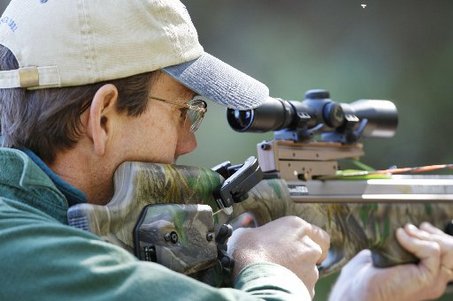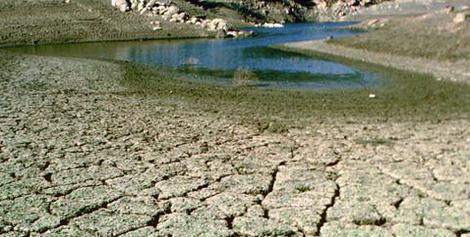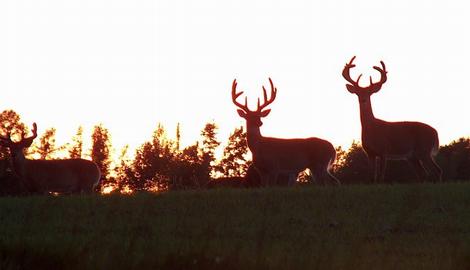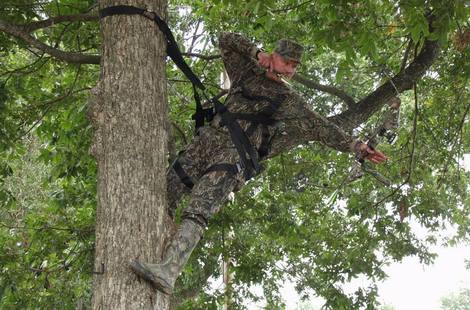Whitetail deer hunting is not immune to tough economic times. Businesses that rely on hunting have to adapt, says taxidermist and animal processor Gary Broach, owner of Rhodes Brothers Taxidermy in Kerrville. “Guys like us in Kerrville are fortunate to have year-round hunting with the axis herds and sika and fallow deer,” Broach says. “A lot of small taxidermists out there, rural guys, are really hurting,” he says.
“I’ve talked to them about where they need to put advertising dollars and where to get in with whitetail hunting ranches. I like the fact they aren’t giving up. They just need to regroup.”
